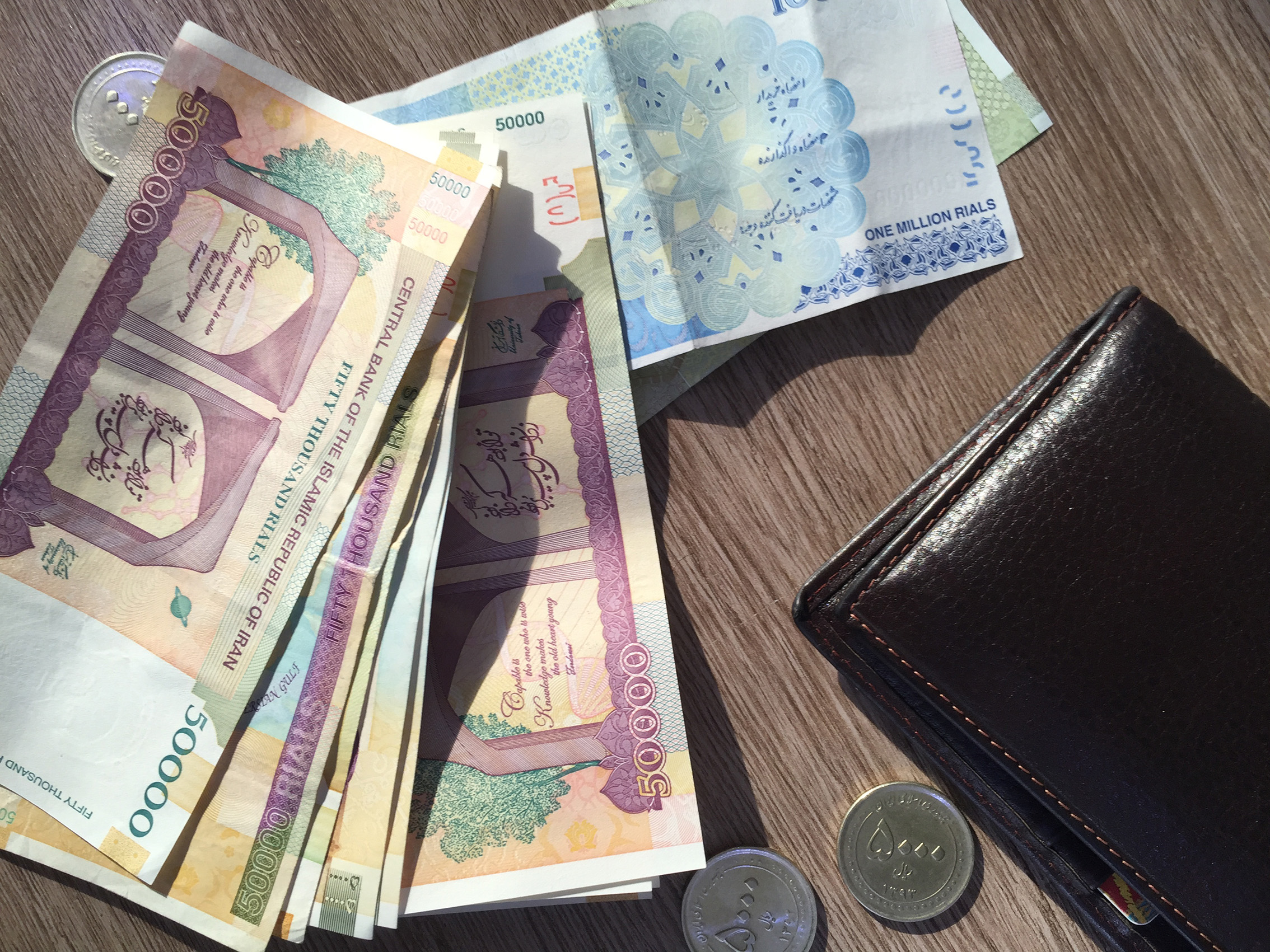The controversial government scheme to pay cash handouts to nearly all Iranians is falling apart.
A tightening state budget, accompanied by signs that the stated goal of empowering the poor is not working, is increasingly questioning the viability of the plan.
Nearly 76 million or 95.21% of Iranians receive the monthly grant of cash subsidies, according to a member of Majlis Planning and Budget Commission, citing the recent National Population and Housing Census, Mehr News Agency reported.
Noting that more than 600,000 people have been added to the cash subsidy list over the first half of the current year (March 21-Sept. 22), Gholamali Jafarzadeh Imenabadi added that the government has to pay 480 trillion rials ($12 billion) as per the Targeted Subsidy Reform Plan in the current fiscal (March 2017-18).
“This amount includes 335 trillion rials ($8.37 billion) as cash and non-cash subsidies to households, 40 trillion rials ($1 billion) for families covered by State Welfare Organization and Imam Khomeini Relief Committee, 48 trillion rials ($1.2 billion) for health sector, one trillion rials ($25 million) for polio vaccines, one trillion rials ($25 million) for development of social emergency centers, 10 trillion rials ($250 million) for boosting production and employment with the priority of young adults and their housing, and 30 trillion rials ($750 million) for provision of bitumen raw materials,” he said.
“The government’s savings from the Targeted Subsidy Reform Plan over H1 stand at 242.58 trillion rials ($6.06 billion), of which 117 trillion rials ($2.92 billion) come from the overhaul of energy prices and 125 trillion rials ($3.12 billion) are gained via the subsidy section incorporated in the budget law.”
As part of the Targeted Subsidy Reform Plan, in 2010 the previous administration removed subsidies on food and energy, and instead paid 455,000 rials ($11.37) to all Iranians on a monthly basis.
The government of President Hassan Rouhani has retained the plan, albeit reluctantly. After all, an overnight cancellation of the scheme, as many experts have argued, could translate into political suicide as the recipients, mostly ordinary citizens from low income population, have grown accustomed to the monthly stipend over the years.
Nonetheless, the Rouhani government has tried to restrict the number of cash subsidy recipients.
According to Government Spokesman Mohammad Baqer Nobakht, a total of 4,853,386 people were removed from the list of cash subsidy recipients by January 20, 2017.
Noting that the H1 allocations were not made as per the Targeted Subsidy Reform Plan, the lawmaker said, “About 20 trillion rials ($500 million) out of the 40 trillion rials ($1 billion) target were paid to families covered by SWO and IKRC, about 8.65 trillion rials ($216.25 million) out of 48 trillion rials ($1.2 billion) were allotted to the health sector while the budget for polio vaccines, development of social emergency centers and bitumen raw materials were not paid at all. Moreover, only 4.33 trillion rials ($108.25 million) were paid for boosting production and employment.”
Imenabadi concluded that about 86% of the savings were spent on payment of cash subsidies while payments to families covered by SWO and IKRC accounted for 8% of revenues, health sector 3.57% and production constituted 1.79% of the resources.
Ineffective Welfare Policy
Welfare policies in Iran have always been impacted by oil prices over the past 50 years, a former managing director of Social Security Organization said.
“In fact, these policies were like a gift to the people and not in line with the country’s economic potential. Since 1973-74, whenever oil prices went up, welfare spending followed suit. The latest of these policies was introduced by the government of president Mahmoud Ahmadinejad—which I believe was the worst of its kind—following the oil price increases of 2009,” the Persian daily Shargh also quoted Mohammad Hossein Sharifzadegan as saying.
Sharifzadegan noted that Iranians hold this misconception about cash subsidies being oil revenues that should be distributed among the people, while subsidy is a form of financial aid or support extended to people of modest means.
He added that in the year ending March 1979, about 40% of Iranian households lived below the poverty line; this rate improved to 20% in 1996-97 and reached 10% by mid 2005.
“In 2013-14 and after eight years of sloganeering about supporting the poor, the percentage of the population living below poverty line reached more than 30% in urban areas and 40% in rural areas. The whole thing suggests that despite all the spending on welfare, which at times equaled that of some European countries, the governments did not have an effective welfare policy,” he said.
Sharifzadegan stressed that the worst part is that subsidies have turned into a social right in Iran and reversing it would be politically costly.


